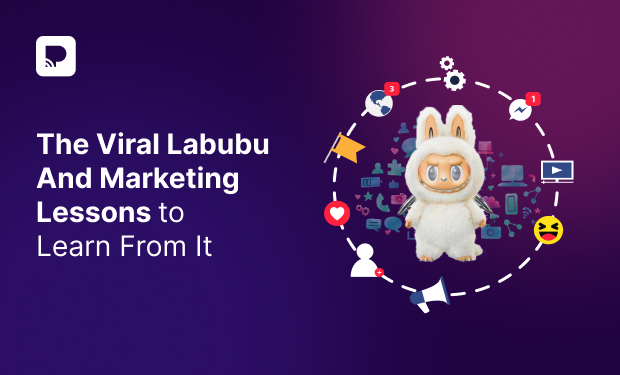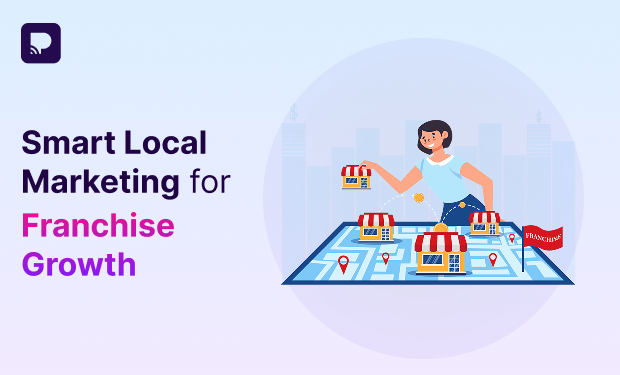Labubu: Overhyped or Brilliantly Marketed?
Let’s be honest, in the case of Labubu, it’s a bit of both. What started as a niche collectible turned into a cultural moment. We’re talking about an estimated $1.6 billion empire built on what looked like a random trend. But make no mistake, this wasn’t luck. One viral moment became a ripple. And that goblin-like, mischievous creature? Somehow, it became a must-have. A symbol of status. A luxury worth chasing, no matter how high the price tag.
What Even is a Labubu?
If you’re scratching your head wondering what Labubu even is, allow us to explain. Labubu is a character designed by Kasing Lung, a Hong Kong-based illustrator known for creating weird yet lovable monsters. The design falls under the Pop Mart umbrella, a Chinese company that specializes in designer toys and collectibles. Think big eyes, exaggerated features, and a little chaos in every figure.
Labubu started out as part of The Monsters series. At first glance, it’s just a toy, but the appeal lies in the details. Each figure comes with its own personality, accessories, and style. There’s a childlike innocence to Labubu, yet an edginess that keeps it from becoming too cute. The character taps into nostalgia and novelty all at once. And that’s the foundation of emotional branding.
Did Labubu Gain Popularity Overnight?
Yes. But not exactly.
Labubu has been around since the mid-2010s, quietly building a cult following in Asia. It was never just dropped into the scene. The Pop Mart team laid the groundwork for years. Then came the tipping point. A single image, a celebrity post, a social video, and boom. Labubu went global.This is what we call a textbook viral branding strategy. The product had already created strong emotional connections with niche audiences. There was already a base. Then, all it took was a catalyst. And just like that, Labubu was everywhere.
What We Can Learn From Labubu’s Marketing
A lot. This isn’t just about cute toys. It’s a marketing case study that hits every mark brands dream of.
1. The Celebrity Influence
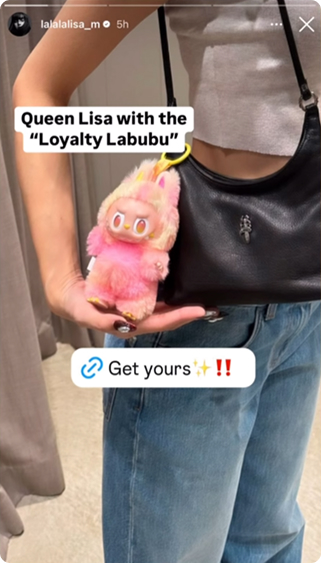
It all started with Blackpink’s Lisa. One post with her Labubu figure, and the fandom lost it. That one image lit the fuse. Suddenly, Labubu wasn’t just a cute collectible. It was Lisa-approved. And that made it elite.
And Lisa wasn’t alone. Soon enough, other celebrities like Jisoo, actor Bai Jingting, and even global fashion icons like CL and IU were seen with Labubu figures or Pop Mart merch. These sightings added fuel to the trend. It became a recurring theme: cool people, cooler toys. Fans followed, influencers followed, and Labubu slowly moved from collector item to cultural symbol.
That’s the power of influencer-driven emotional branding. When fans see someone they trust holding something, it gains instant credibility. This wasn’t a paid ad. It was organic, authentic, and priceless.
2. Limited Edition Marketing
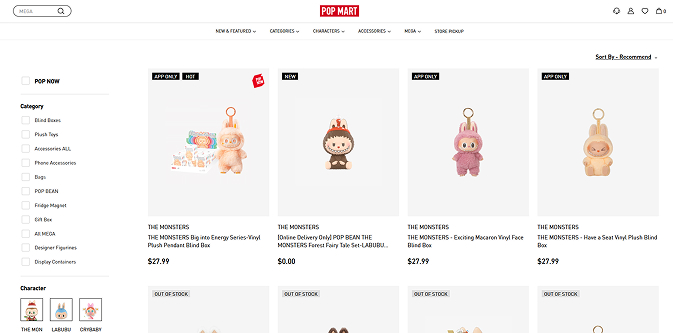
Pop Mart knows how to build scarcity. Special drops. Seasonal collections. Crossover collabs. They create urgency without forcing it.
Limited edition marketing works because it makes people feel like they’re part of something exclusive. Scarcity drives desire. And when you tie that into something trending, people chase it like their lives depend on it.
3. Blind Box Marketing Strategy
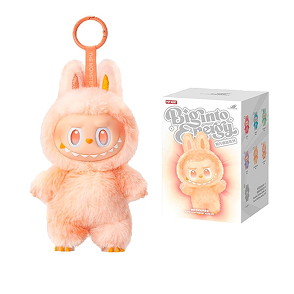
Here’s where it gets even more genius. You don’t know which Labubu you’re going to get. It’s a blind box. That means you could buy ten and still not find the one you want.
It taps directly into collector psychology. The need to complete a set. The thrill of the unknown. It becomes less about the product and more about the experience.
This is how to create brand buzz. Keep them guessing. Keep them wanting.
4. Brand Community Engagement Ideas
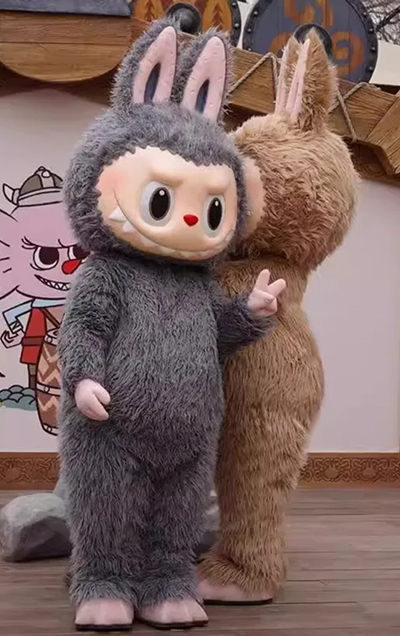
What Pop Mart does well is let the fans carry the narrative. Unboxing videos. Fan edits. Shelf displays. Custom Labubu outfits. They’ve built a full-blown lifestyle around the character.
That’s where the magic of brand community engagement lives. When people start sharing, discussing, and hyping your product without you asking them to, you’ve hit gold.
They used visual storytelling in marketing to the max. Every collection drop has a theme. A story. A look. And it travels fast online. From collectors to casual fans to brands trying to keep up.
5. A Community That’s Strong as a Cult
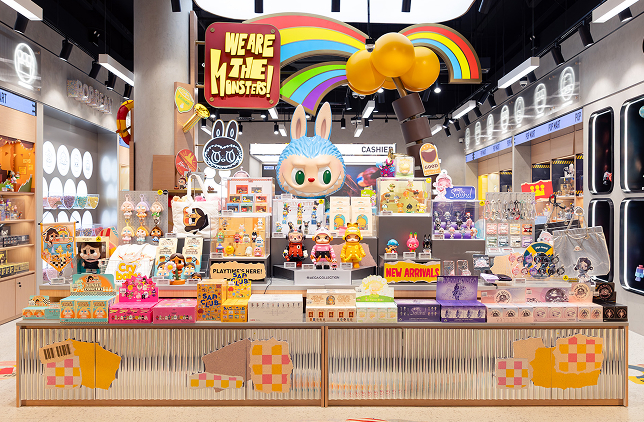
Here’s the thing: Labubu didn’t just build an audience. It built a movement. The fandom is intense. People camp outside stores, trade figures on dedicated forums, and even create entire display walls just to show off their collection.
This goes beyond typical brand loyalty. It’s a cultural tribe. A fanbase that treats each new release like an event. That kind of devotion is rare, and it doesn’t happen by accident. It comes from years of consistent brand engagement and a sense of belonging.
If you’re thinking about how to create brand buzz, study how Pop Mart nurtured this energy. They didn’t just talk at their audience, they invited them in. And now they’ve got a community that behaves more like a cult than a customer base.
6. A Global Trend That Got Brands Entwined
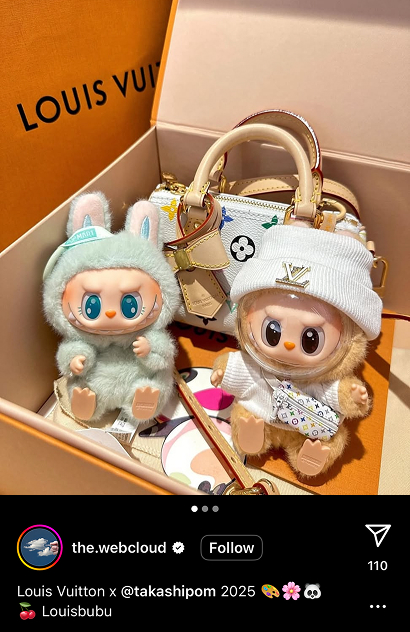
Now let’s talk wild. Louis Vuitton made tiny Labubu clothes. Not knock-offs. Official collab-level stuff. Imagine the brand that sells $3,000 bags making micro accessories for a toy goblin.
That’s the reach. That’s what happens when a trend becomes culture.
Brands from luxury to streetwear jumped on the Labubu wave. And rightfully so. It was a low-risk, high-reward strategy to stay relevant.
This is proof that no brand is too big or too niche to experiment with viral branding strategies. If Labubu can go from art toy to fashion accessory, so can your product.
7. An Audio That Has You Hooked
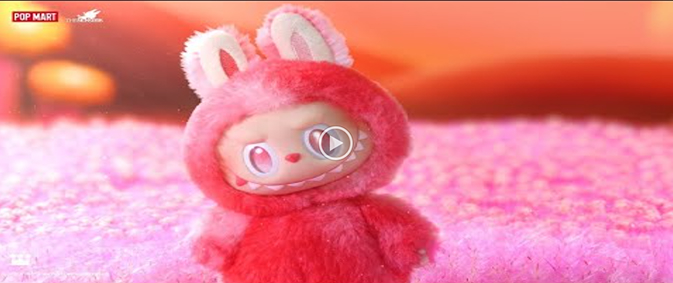
Yes, there’s a Labubu song. A full-fledged audio track that fans use to make reels and edits. It became a sonic identity for the brand.
Audio branding is underrated. But this shows how music and sound can turn into another viral hook. It adds another layer to emotional branding examples that stick.
What Does Labubu Really Teach Us?
That your brand can go viral. But it won’t unless you’ve done the hard work beforehand. Pop Mart didn’t create Labubu in a day. It took years of storytelling, design consistency, fan-building, and content to get to this point. Lisa might have been the gateway to the world, but the world only cared because the branding was airtight. The biggest lesson? You don’t chase virality. You build something worth discovering. Then let the right moment do the rest.
If you’re looking to build your own viral branding strategy, start with the basics. Create a character. A product. A service. A story. A reason to care. Then wrap it all up in a way that feels rare, personal, and worth sharing.
Because in the end, Labubu didn’t just sell toys. It sold a feeling. A vibe. And that’s what legendary marketing looks like. Want to know which marketing tactics would work best for your brand? Let’s have a quick word!


